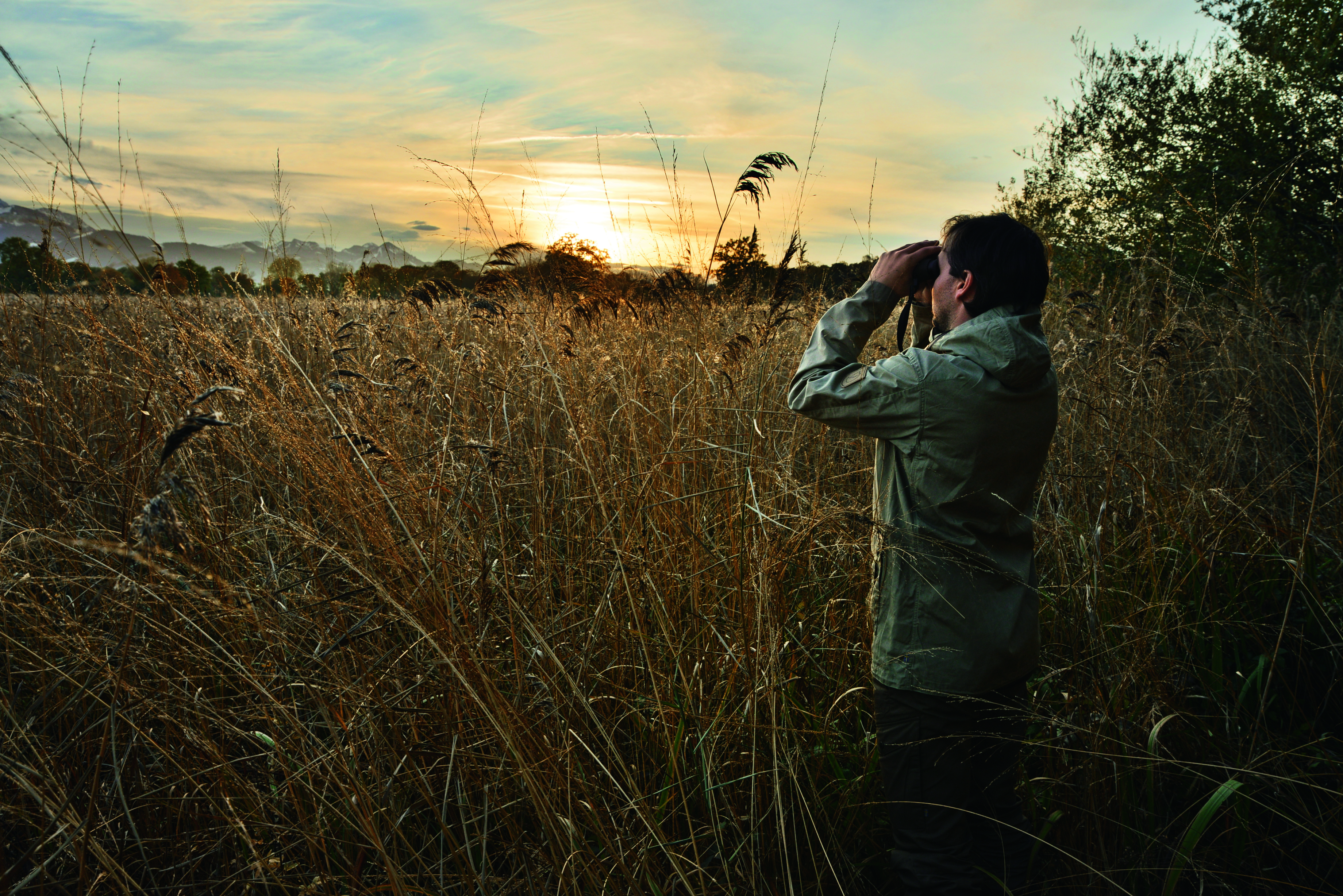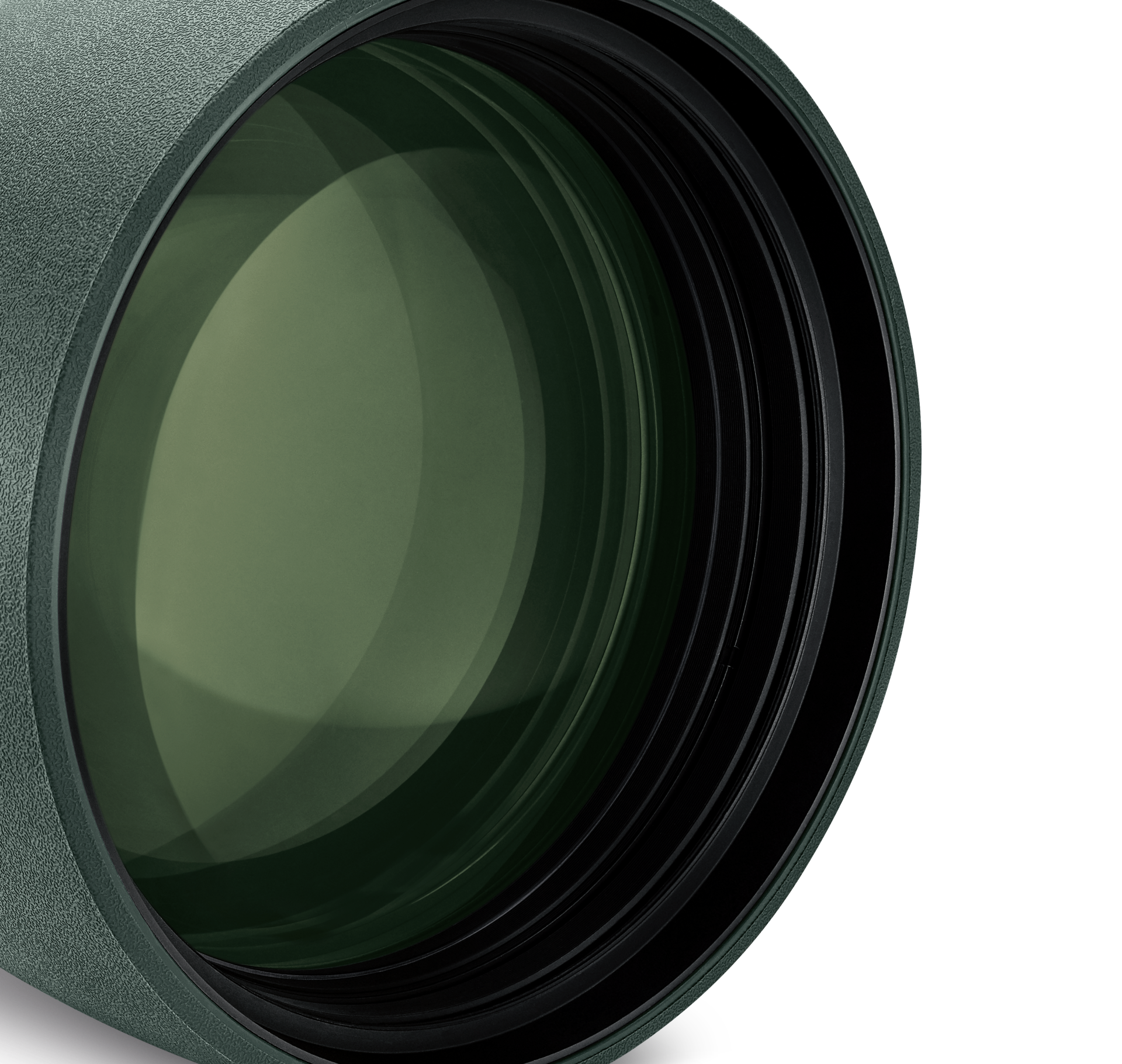PERFECTION MEETS TRADITION


Menu
Products
Intended use
Service


Product & Technical Services, Tips & Care, Tutorials, Downloads, Declarations of conformity

The high-luminosity SLC 10x56 binoculars provide you with the benefit of the 10x magnification, so that you can make out details better. The optimized optical system for night use, combined with the outstanding edge-to-edge sharpness and a large field of view make observation easy for you even in poor light conditions. The extended depressions for improved grip and the balanced weight also ensure maximum comfort when using them.
This product is currently not available in our online store.
PERFECTION MEETS TRADITION


The high-luminosity SLC 10x56 binoculars provide you with the benefit of the 10x magnification, so that you can make out details better. The optimized optical system for night use, combined with the outstanding edge-to-edge sharpness and a large field of view make observation easy for you even in poor light conditions. The extended depressions for improved grip and the balanced weight also ensure maximum comfort when using them.
 SLC 10x56
SLC 10x56I upgraded from a pair of binos that were 20years old to the SLC 10x56 model. Well worth the upgrade. Yes, they’re heavier, but I like that stability the weight offers. The glass is very clear and bright. Looking forward to all the country and critters they’ll help me spot.
A tad heavy but manageable on my old shoulders. Optically perfect. Wonderful binoculars!
Exceeds all expectations and enables nature and animal observation of unimagined quality.
Quality products
 Customer ServiceMon - Fri 8:30 AM - 7:00 PM EST(800) 426-3089info-us@swarovskioptik.com
Customer ServiceMon - Fri 8:30 AM - 7:00 PM EST(800) 426-3089info-us@swarovskioptik.com